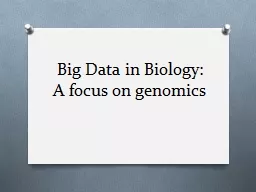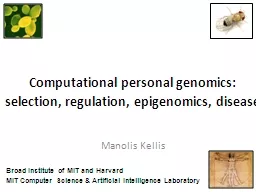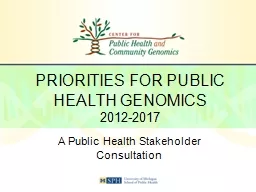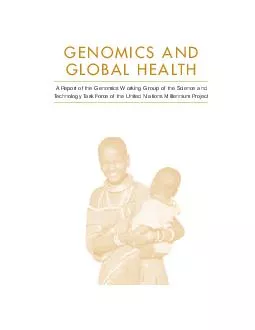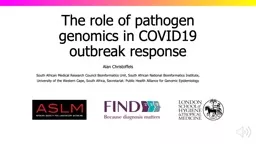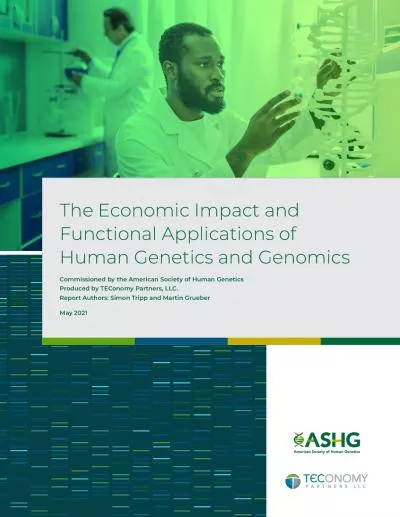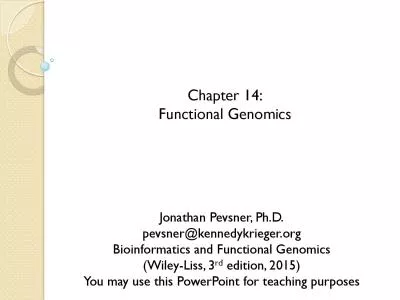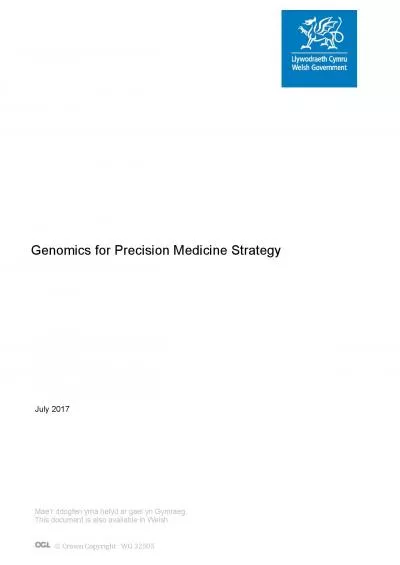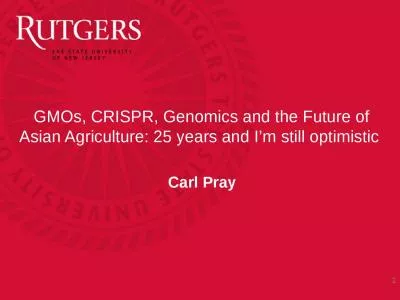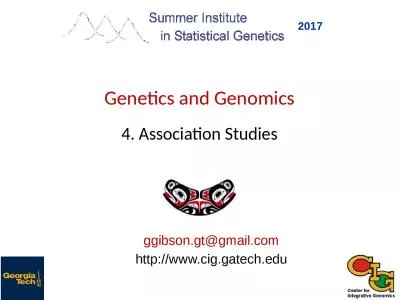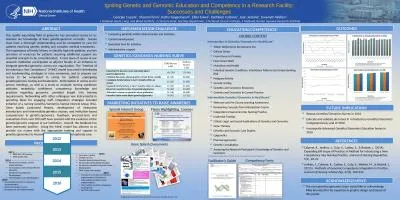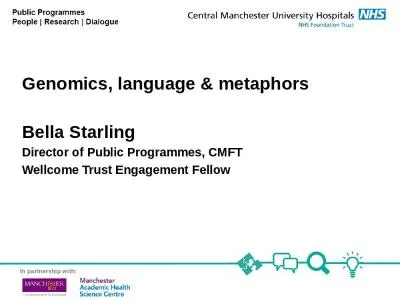PPT-Examining Genetics/Genomics and Technology from a Human Rights
Author : pamella-moone | Published Date : 2018-11-01
Perspective Bonnie Holaday PhD RN FAAN Introduction The right to enjoy the benefits of scientific progress and its applications received little attention from the
Presentation Embed Code
Download Presentation
Download Presentation The PPT/PDF document "Examining Genetics/Genomics and Technolo..." is the property of its rightful owner. Permission is granted to download and print the materials on this website for personal, non-commercial use only, and to display it on your personal computer provided you do not modify the materials and that you retain all copyright notices contained in the materials. By downloading content from our website, you accept the terms of this agreement.
Examining Genetics/Genomics and Technology from a Human Rights: Transcript
Download Rules Of Document
"Examining Genetics/Genomics and Technology from a Human Rights"The content belongs to its owner. You may download and print it for personal use, without modification, and keep all copyright notices. By downloading, you agree to these terms.
Related Documents


